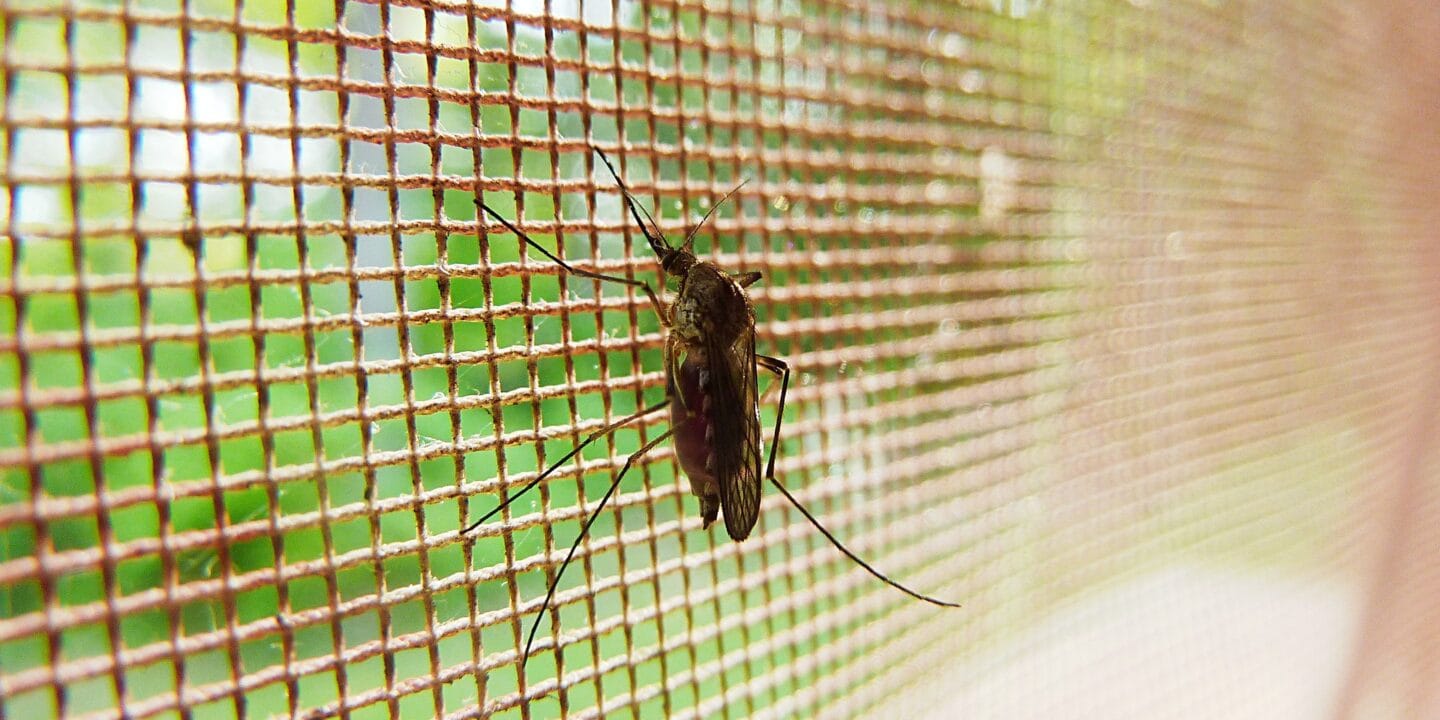
Malaria is a disease caused by a parasite of plasmodium genus.Anopheles mosquito which serves as a vector.
Its transmission in Kenya varies with regions;
- Endemic-all year.eg coast and around L. Victoria.
- Seasonal-during rainfall. North and S.E Kenya
- Low risk-central Kenya
- Epidemic-outbreaks in Western highlands
Risk factors for severe disease.
- Women in their first and second pregnancy
- HIV/AIDS
- Visitors from areas of no or low malaria transmission
Clinical presentation
- Uncomplicated malaria
- Fever
- Chills and rigors
- Headache
- Muscle or joint pain
- Nausea and vomiting
- Preterm labour
- Complicated malaria
- Symptoms and signs of uncomplicated malaria plus :
- Confusion
- Drowsiness
- Coma
- Difficulty in breathing
- Pallor
- Jaundice
- Convulsions
- Dehydration
- Spontaneous bleeding
Investigations
- Bloodslide for malaria parasites
- Full hemogram- Anaemia
- Random blood sugar-low blood sugar
- Arterial blood gases-Metabollic acidosis
- Urea electrolytes and creatinine-acute renal failure
- Coagulation profile if coagulopathy.
Differential diagnosis
- Eclampsia
- Bacteremia
- Meningitis
- Viral illnesses
Management
If parasitological diagnosis delays or is absent, start treatment.
- Uncomplicated malaria
- First trimester – 7 days of oral quinine. Give AL if quinine not available.
- Second trimester and third – AL. quinine is an alternative
- Complicated malaria
The recommended medicine is parenteral artesunate. Artemether or quinine can be used if no artesunate.
- Artesunate is best given IV. However it can be given IM if no IV access. Loading dose = 2.4 mg/kg, followed by 1.2mg/kg at 12 and 24th hour then once daily till patient can feed.
- For quinine, give a loading dose of 20mg/kg diluted in 15ml/kg of 5% dextrose (max 500ml) to run over 4 hours. Give 10mg/kg diluted in 10ml/kg of 5% dextrose at hour 8 then 8 hourly till the patient can feed orally.
- Once oral feeds are tolerated give AL orally for 3 days.
If the level of consciousness is altered, administer antibiotics such as ceftriaxone.
- Supportive management
- Antipyretics
- Monitor and control blood sugar especially if on quinine
- Fetal monitoring
- Treat
Prevention
- Patient education encouraging the use of the preventive services.
- Intermittent preventive treatment for malaria in pregnancy (IPTp). Sulphadoxine 500mg and Pyrimethamine 25mg (SP) at an interval of at least a month and at least 3 doses during the pregnancy. Don’t give it to women already on cotrimoxazole
- Long lasting Insecticidal Nets.
- Prompt diagnosis and treatment of fever
Complications
- Anemia
- Increased risk of maternal illness and death
- Miscarriage,
- Stillbirth
- Low birth weight
- Neonatal death
- Complications of severe malaria –hypoglycaemia, acute renal failure, acute pulmonary edema, metabolic acidosis, shock, coagulopathy.












